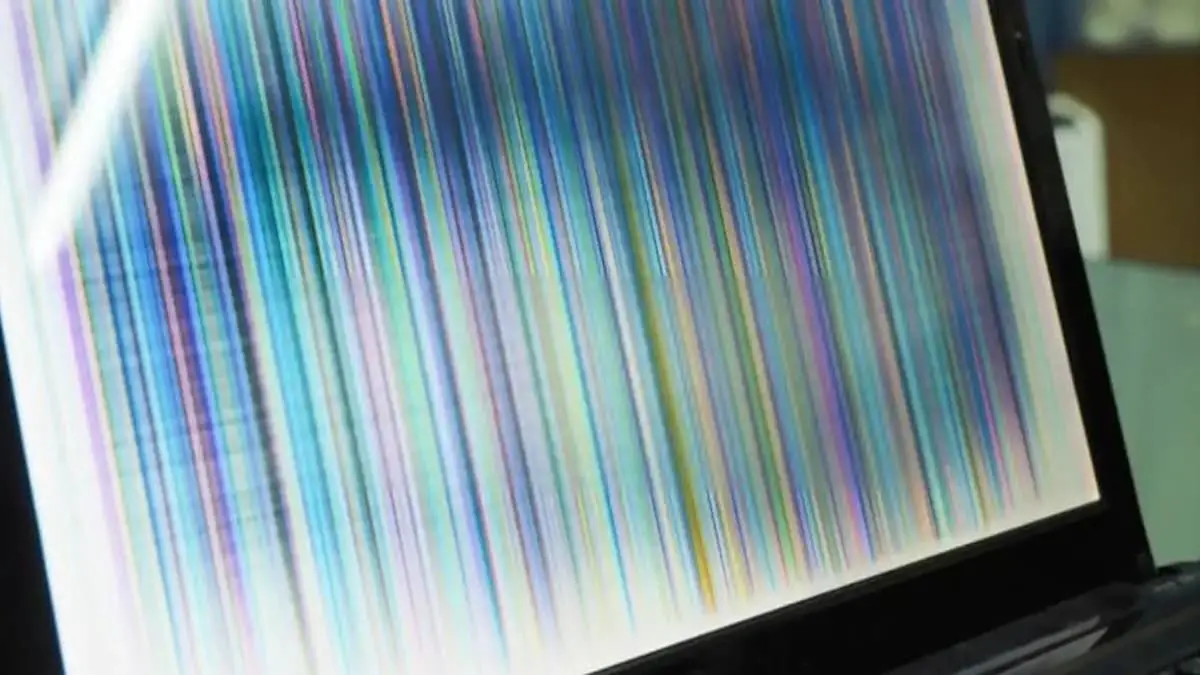Experiencing a flickering computer monitor can be a frustrating problem, especially when it happens on startup. This issue can be due to various reasons, including hardware or software issues, improper settings, or even an outdated graphics card. This detailed guide aims to provide you with step-by-step solutions to troubleshoot a flickering computer monitor during startup. We’ve recently updated this article for improved clarity. Let’s dive in.
Monitor Flickering Causes & How to Fix
Contrary to what many people might think, the image on your computer screen isn’t static. It gets refreshed and redrawn continuously, often at a rate too quick for the human eye to notice. This refresh rate, measured in Hertz (Hz), is one of the primary causes of monitor flickering. A low refresh rate can often cause a noticeable flicker. Additionally, PWM (Pulse Width Modulation) backlighting, used by many monitors, can result in flickering, especially when adjusting LED brightness levels. We’ll get to all that later though.
Oh, and before we get going, to cut to the chase, for those on Windows 10 or Windows 11 screen is constantly flickering, it’s likely because you have a troublesome application installed or an unsuitable display driver.
Anyway, we’re going to run through every possible outcome just in case it has something to do with your monitor itself.
All Monitor Flickers On and Off Fixes
Check the Monitor Cable
Start with the basics. Check whether both ends of your monitor’s DVI cable are properly secured. If the problem persists, your cable might be defective. Try replacing it with a spare one, if available.
Inspect the Power Supply
Ensure that both ends of the power cable are securely in place. A loose power cable can sometimes cause screen flickering. If there’s a buzzing sound accompanying the flicker, it’s a definite indication of a power supply issue.
Examine the HDMI Cable
If your monitor flickers on startup, it could signify a faulty HDMI cable. Over time, these cables can become worn out, leading to flickering issues. Check your HDMI cable for any frayed or broken wires. If necessary, replace it with a new one.
Check Cable Connections
Loose cables can often lead to insufficient power being supplied to the monitor, causing flickering. Check all your cable connections and ensure they are secure.
Verify the Power Socket
A defective power socket can cause flickering issues in computer monitors. Ensure that the socket is functioning properly and securely connected to the monitor.
Adjust the Refresh Rate
Make sure that your monitor’s refresh rate is set correctly. A wrong refresh rate can cause screen flickering. Adjust the refresh rate from the display settings of your operating system.
Update Display Settings
If you recently updated your graphics driver, check your display settings to ensure they haven’t changed unintentionally. Adjusting these settings might resolve the flickering issue.
Update the Monitor Display Driver
As we mentioned early on, having the wrong display drive is a root cause of flickering issues. Often, an outdated or corrupt display driver can cause screen flickering. Updating the display driver with the latest version from the manufacturer’s website can resolve this issue.
Inspect the Graphics Card
Issues with the graphics card can sometimes cause monitor flickering. Check your graphics card for any dust accumulation or overheating. Also, make sure all case fans are running properly.
Monitor Hardware Problem
If you have tried all the above steps and the monitor still flickers, it might be a hardware issue with the monitor itself. In such cases, consider contacting the manufacturer for repair or replacement.
How Does Refresh Rate Impact Monitor Flickering?
What is Pulse Width Modulation (PWM)?
FAQs
Why is my monitor flickering on and off?
Monitor flickering could be due to various reasons, including loose or damaged cables, incorrect refresh rate, outdated display drivers, or hardware issues with the monitor.
Can faulty RAM cause the screen to flicker?
Insufficient RAM can cause your computer to rely heavily on hard disk access, resulting in lagging or flickering while running graphics-intensive applications.
Why is my monitor flashing but not turning on?
This could be due to issues with the monitor’s power circuitry, such as a faulty power cable or a bad connection on the motherboard itself.
How do I fix my monitor not turning on startup?
Updating your graphics card driver can often resolve this issue. If the problem persists, consider performing system diagnostics on your computer.
That wraps up our guide on how to fix computer monitors flickering on and off. Clearly, a flickering computer monitor can be very annoying, but it doesn’t always signify the end of the monitor’s life. By following the troubleshooting steps listed above, you should be able to identify and resolve the issue effectively.
